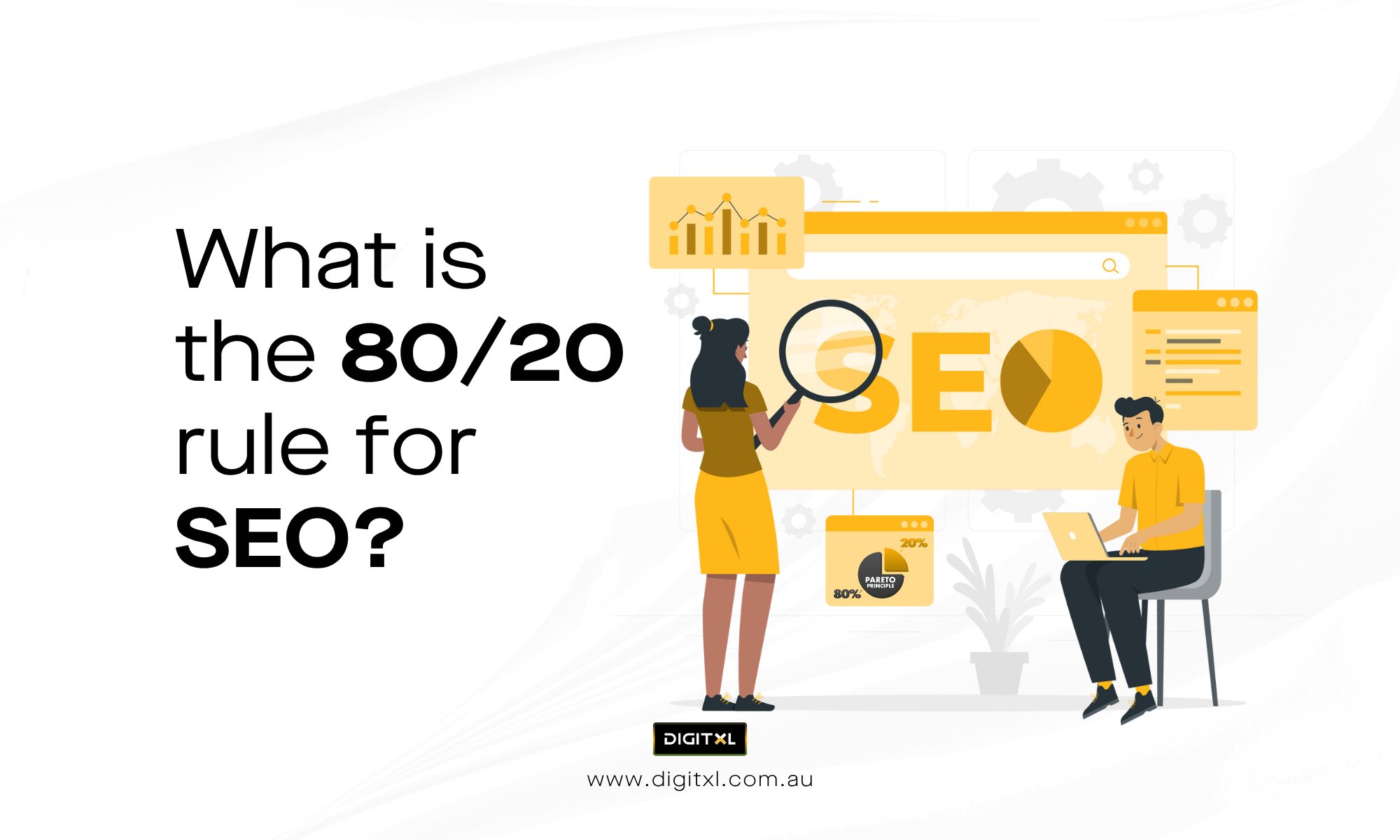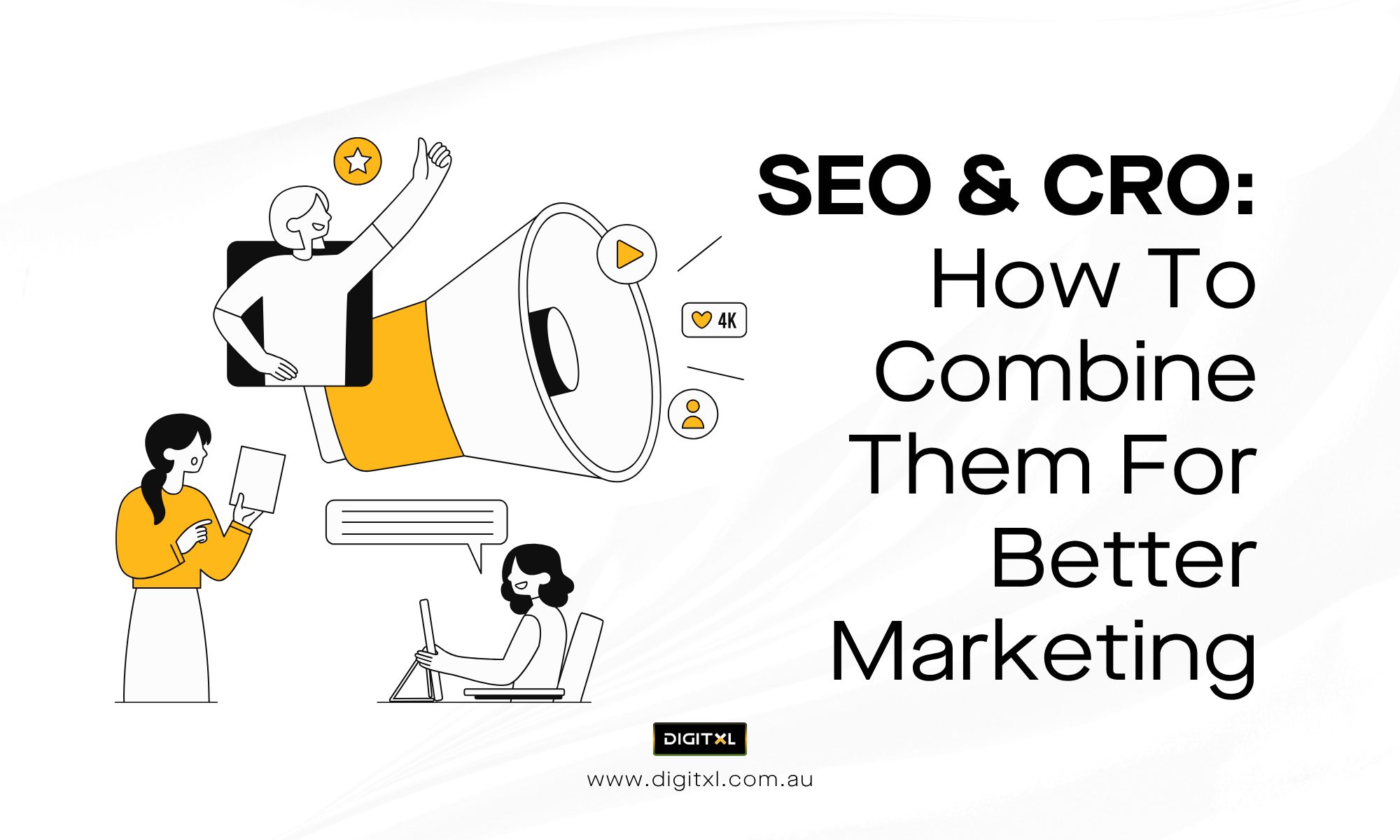- CRO
Landing Page – Best practices for CRO
26 Sep 2022
A landing page is more than just a digital doorway—it’s a pivotal touchpoint designed to convert visitors into leads. Despite the various types of landing pages, their primary objective remains consistent: to harness initial interest and convert it into tangible outcomes such as leads, sales, or new clients. These pages often feature lead forms requesting visitor information in exchange for a valuable offer.
1. Introduction
While crafting a landing page might seem straightforward, venturing without a well-thought-out strategy can be counterproductive. That’s why we’ve compiled these landing page optimisation CRO tips to help improve CRO on landing page structures, endorsed by CRO agencies and seasoned CRO consultants to make sure you’re maximising every opportunity to convert.
2. Crafting an Impactful and Descriptive Headline with a Supportive Subheading
Your headline is the gateway to your landing page. It must be not only punchy and engaging but also precise, reflecting the content of the page and the promise made in the ad. Given its critical role, ensure your headline is succinct and tied closely to your ad’s message. Complement it with a subheading that provides context or additional details, reinforcing the headline’s message and guiding the visitor towards your offer.
Pro Tip: Use analytics to track which headlines perform best and adjust based on engagement metrics.
3. Selecting a Resonant Image that Represents Your Offer
Images on your landing page should do more than just decorate—they need to communicate the essence of your offer and resonate emotionally with your audience. The right image can trigger a favourable response, leading to higher engagement and conversions. Employ A/B testing to evaluate which images perform best, focusing on emotional impact and relevance.
Pro Tip: Use images that depict the desired outcome or benefit your audience will experience.
4. Writing Engaging Copy and Utilising Directional Cues
The body copy is where you deliver the meat of your message. It should be clear, compelling, and easy to digest. Break down the content into bite-sized sections or highlight key points to facilitate comprehension and conversion. While it’s tempting to write lengthy content, brevity often works better—get straight to the point without sacrificing clarity.
Pro Tip: Incorporate directional cues like arrows or pathways that guide the reader’s eye towards the CTA.
5. Optimising Your Landing Page for SEO, Speed, and Mobile
To attract traffic, optimise your landing page for both paid and organic search results using targeted keywords. This ensures that your page ranks well for relevant searches. Furthermore, page load speed is crucial—slow pages deter visitors. Equally important is mobile optimisation, as a significant portion of traffic comes from mobile devices.
Pro Tip: Use tools like Google PageSpeed Insights to test and improve page loading times.
6. Positioning a Clear and Accessible CTA Above the Fold
Your CTA should be prominently positioned above the fold, ensuring it’s the first thing visitors see. This reduces friction and makes it easy for prospects to take action without unnecessary scrolling. Whether it’s a form or a button, ensure it’s visible and compelling right from the start.
Pro Tip: Test different CTA placements and designs to find what works best for your audience.
7. One-of-a-kind selling proposition (USP)
Your USP is the cornerstone of your landing page — it differentiates you from competitors. Clearly articulate why visitors should choose you, incorporating your USP into every aspect of the page, from the headline to the body copy and imagery. This clarity helps visitors quickly grasp what makes your offer unique and valuable.
Pro Tip: Use bullet points or bold text to highlight key elements of your USP for quick readability.
8. Eliminating Navigational Distractions
A focused landing page is crucial for conversions. Remove any navigational elements or links that could divert attention away from the main goal. Keep the visitor’s journey streamlined, guiding them smoothly from landing to conversion.
Pro Tip: Conduct user testing to identify and remove any elements that might distract or confuse visitors.
9. Incorporating Authentic Social Proof and Testimonials
Social proof and testimonials lend credibility to your offer. Showcase real customer experiences, including names, photos, and direct quotes. Video testimonials or case studies add a layer of authenticity and can significantly boost trust and conversions.
Pro Tip: Highlight testimonials that address common objections or concerns to preemptively ease potential doubts.
10. Designing a Persuasive CTA
The CTA is the critical conversion point on your landing page. Make it compelling by using action-oriented language that clearly states what the visitor will receive. Opt for phrases like “Download Your Free Guide” or “Start My Free Trial” instead of generic terms like “Click Here.”
Pro Tip: Add urgency by incorporating time-sensitive phrases or limited-time offers.
11. Implementing Rigorous A/B Testing
While best practices are valuable, A/B testing allows you to validate what truly works for your audience. Split your traffic between two variations of your landing page to determine which one performs better. This approach helps you refine and optimise your page based on real user data.
Pro Tip: Focus on testing one element at a time (like headlines or images) to clearly understand what drives changes in performance.
Because landing pages play a crucial role in capturing leads, they require diligent attention and ongoing optimisation. These strategies not only help you increase conversion rate landing page performance but also ensure your campaigns deliver real ROI. If you have insights or need expert guidance, consider reaching out to a conversion rate optimisation agency or a CRO service provider.
13. FAQ
1. What makes a good landing page?
A good landing page has a clear, engaging headline, an appealing image, compelling copy, and a prominent call-to-action (CTA). It’s optimized for SEO, speed, and mobile, and free of distractions. The goal is to convert visitors into leads or customers by guiding them seamlessly through the page.
2. How can I improve the headline on my landing page?
Your headline should be concise, engaging, and aligned with the ad or offer that brought visitors to the page. Use A/B testing to track which headlines work best and make adjustments based on user engagement metrics.
3. Why are images important on a landing page?
Images help communicate the value of your offer and connect emotionally with visitors. Choose images that resonate with your audience and test different ones to see which drives more engagement and conversions.
4. What’s the best way to design a CTA (Call-to-Action)?
Place your CTA above the fold so it’s immediately visible. Use action-oriented language like “Start Your Free Trial” or “Download Now” and test different placements and designs to see what converts best.
5. How can A/B testing improve my landing page?
A/B testing allows you to test different elements (like headlines, CTAs, or images) to see what performs best with your audience. This data-driven approach helps you optimize your landing page and increase conversions.





